Everything Visible Is Empty
Toshio Matsumoto
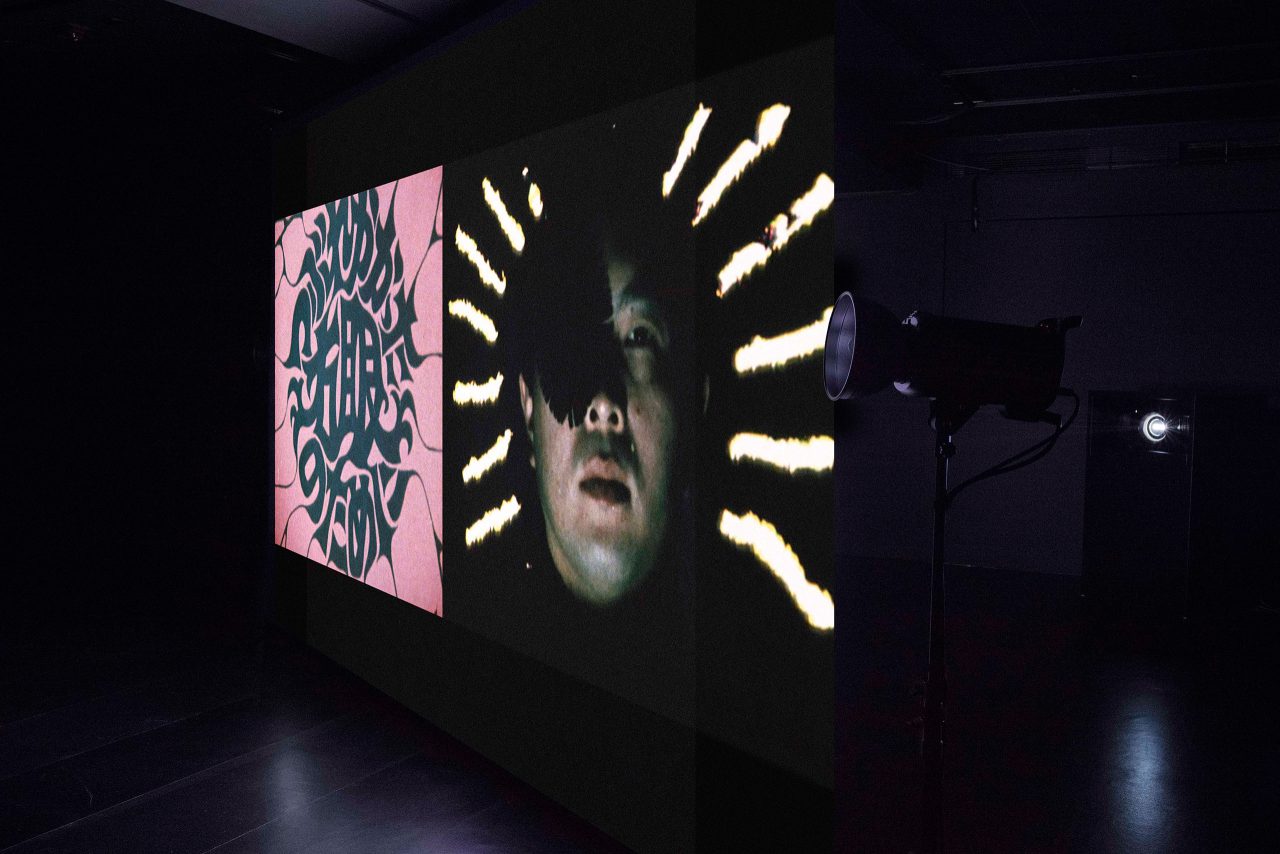
For My Crushed Right Eye (つぶれかかった右眼のために), 1968
Image courtesy of the artist, Empty Gallery and PJMIA
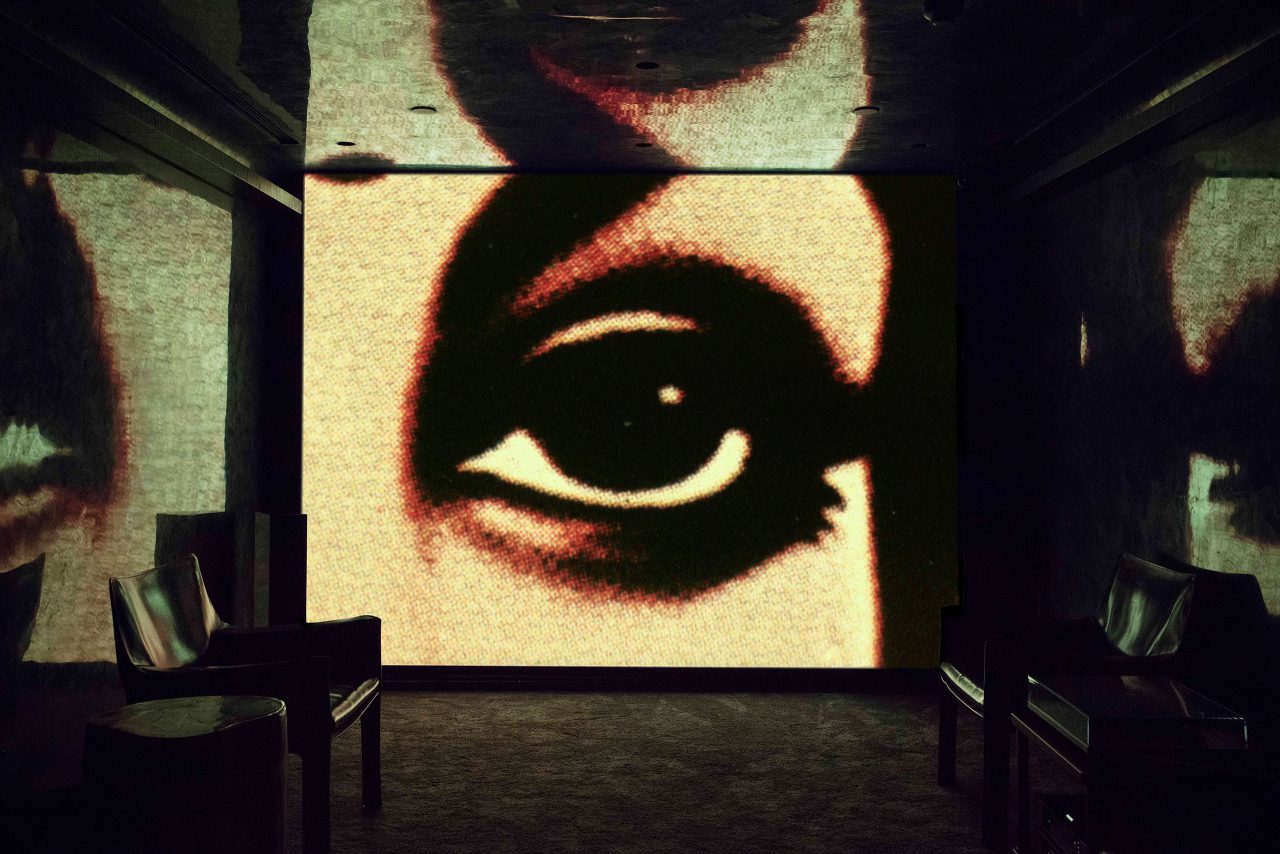
Everything Visible Is Empty (色即是空), 1975
Image courtesy of the artist, Empty Gallery and PJMIA
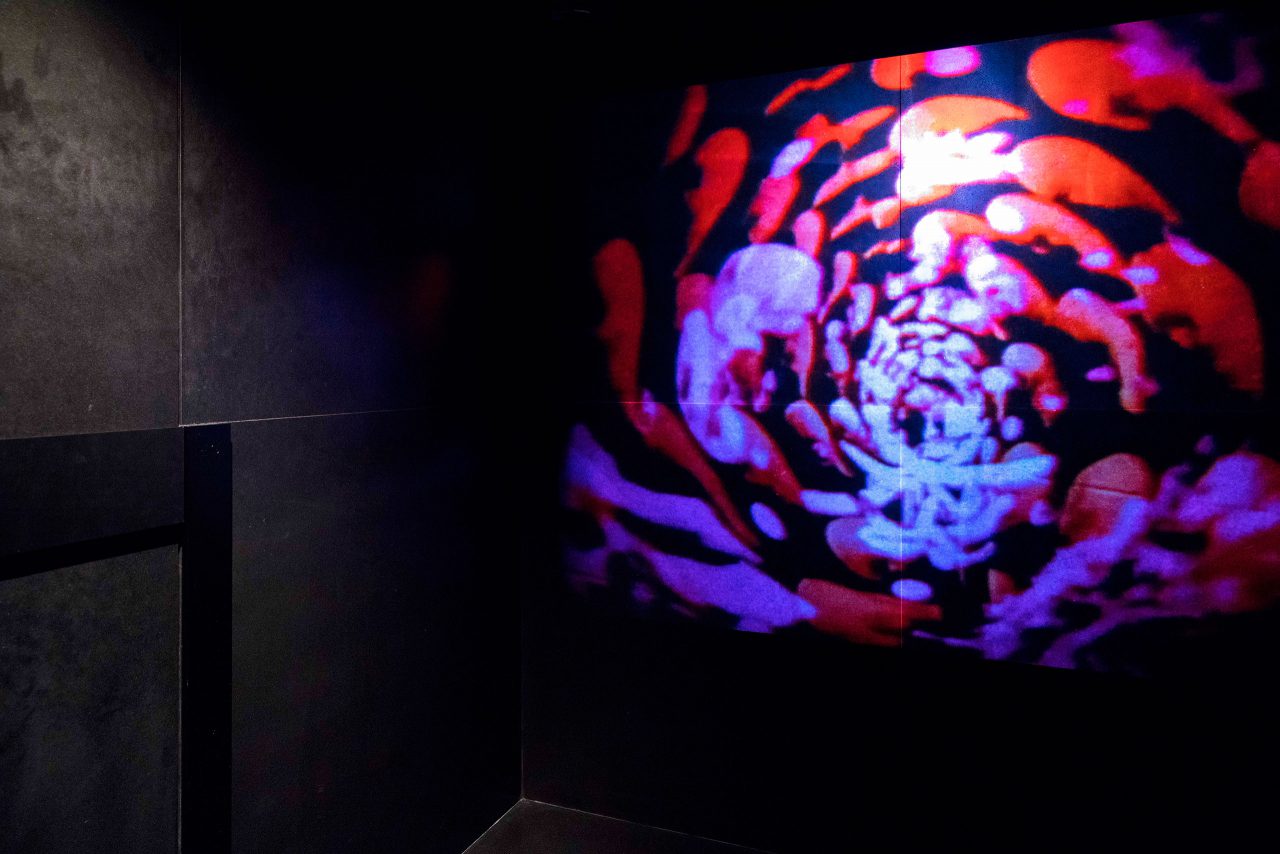
White Hole (ホワイトホール), 1979
Image courtesy of the artist, Empty Gallery and PJMIA

Everything Visible Is Empty (色即是空), 1975
Image courtesy of the artist, Empty Gallery and PJMIA
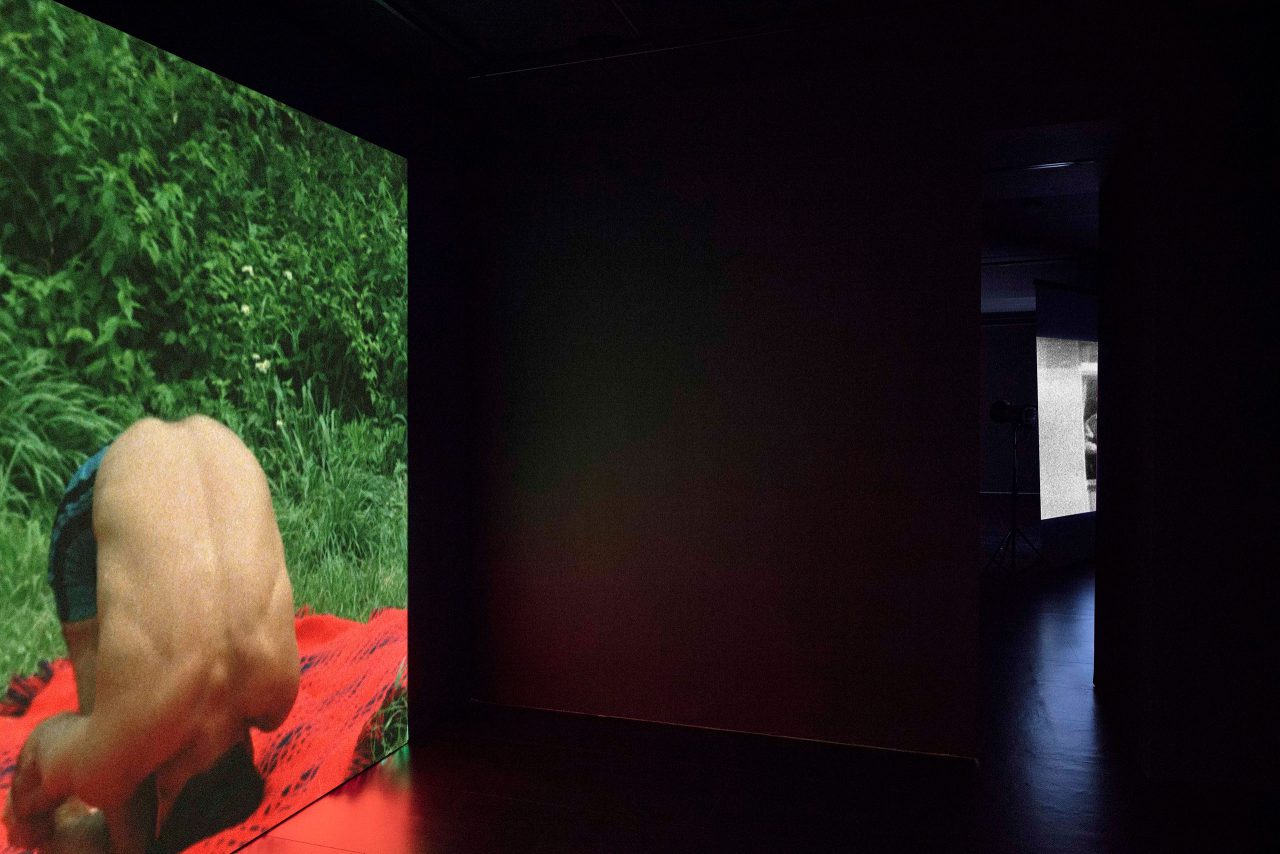
Phantom (ファントム), 1975
Image courtesy of the artist, Empty Gallery and PJMIA
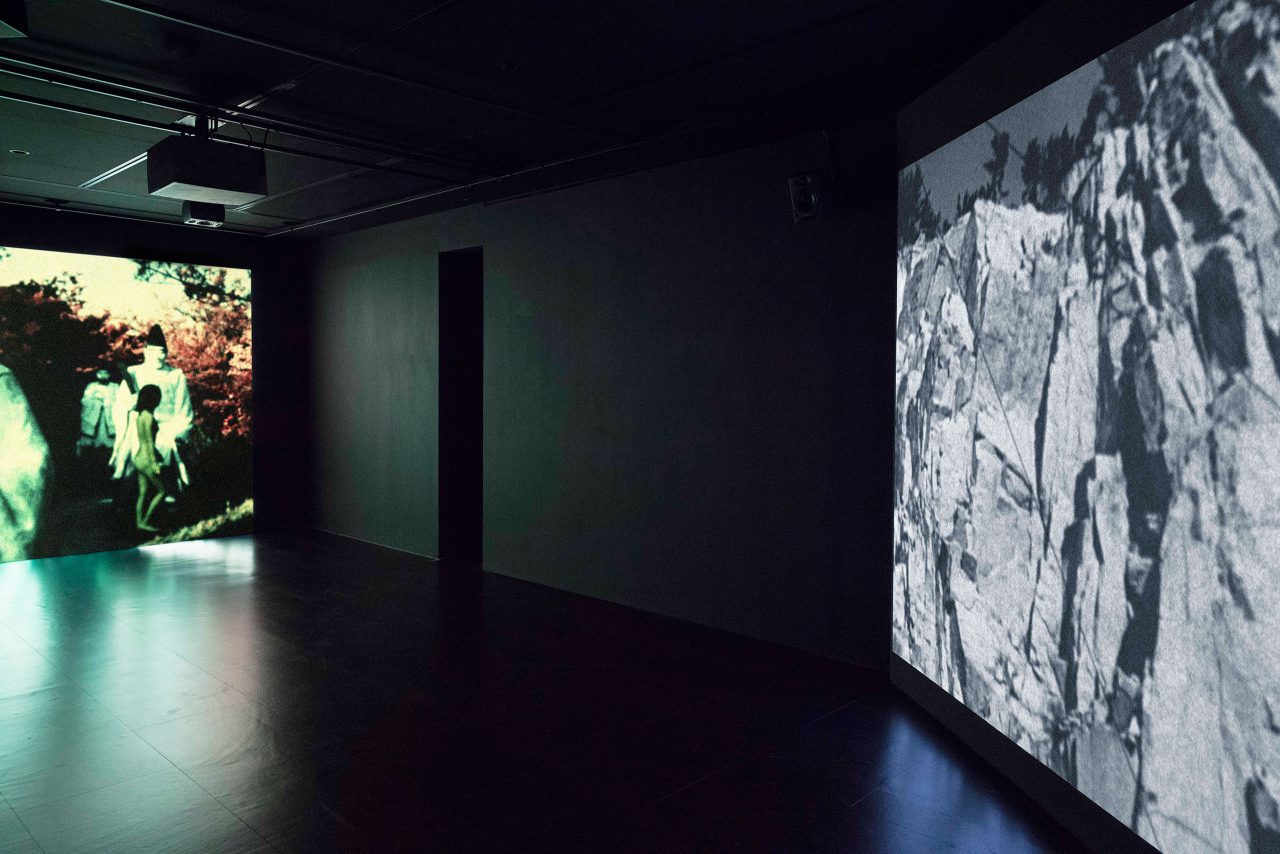
Installation view
Image courtesy of the artist, Empty Gallery and PJMIA
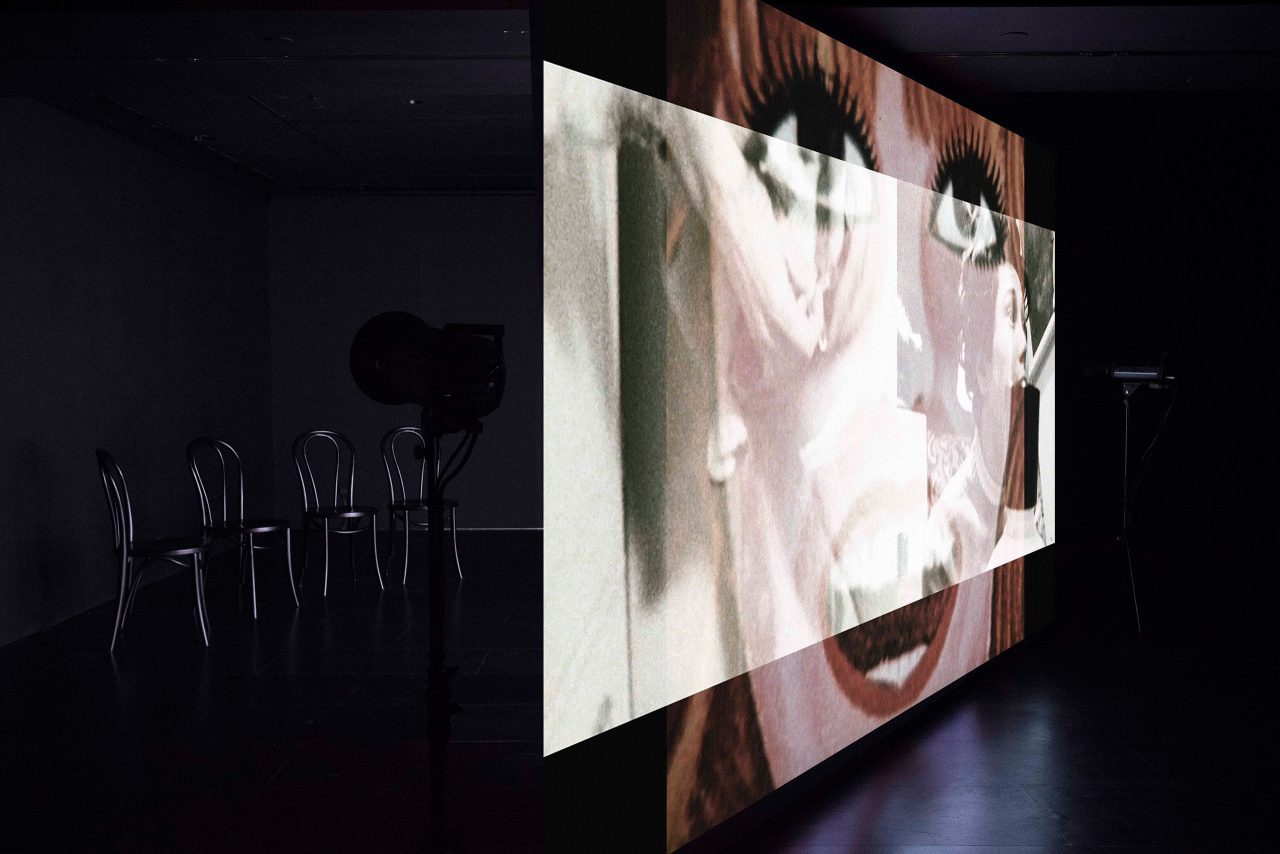
For My Crushed Right Eye (つぶれかかった右眼のために), 1968
Image courtesy of the artist, Empty Gallery and PJMIA
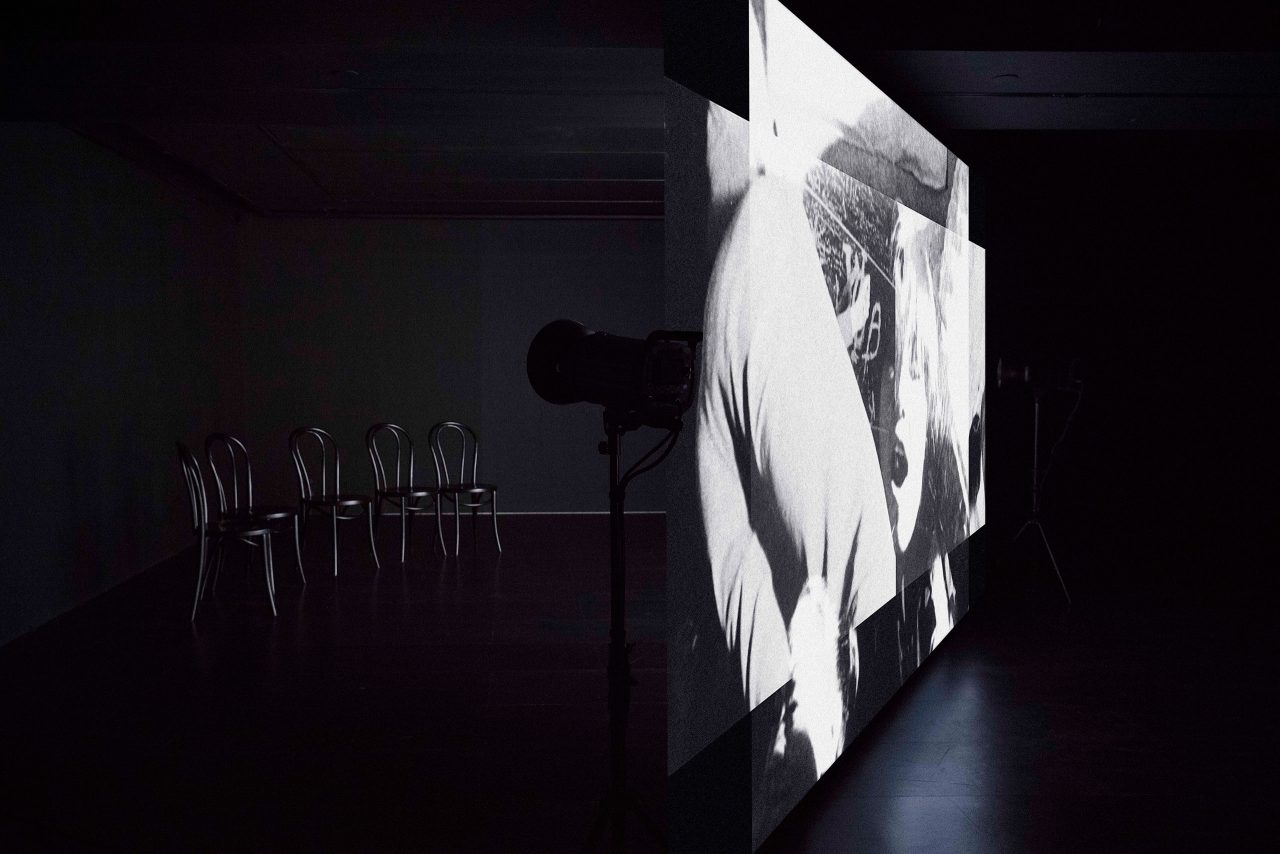
For My Crushed Right Eye (つぶれかかった右眼のために), 1968
Image courtesy of the artist, Empty Gallery and PJMIA

The Song Of Stone (石の詩), 1963
Image courtesy of the artist, Empty Gallery and PJMIA
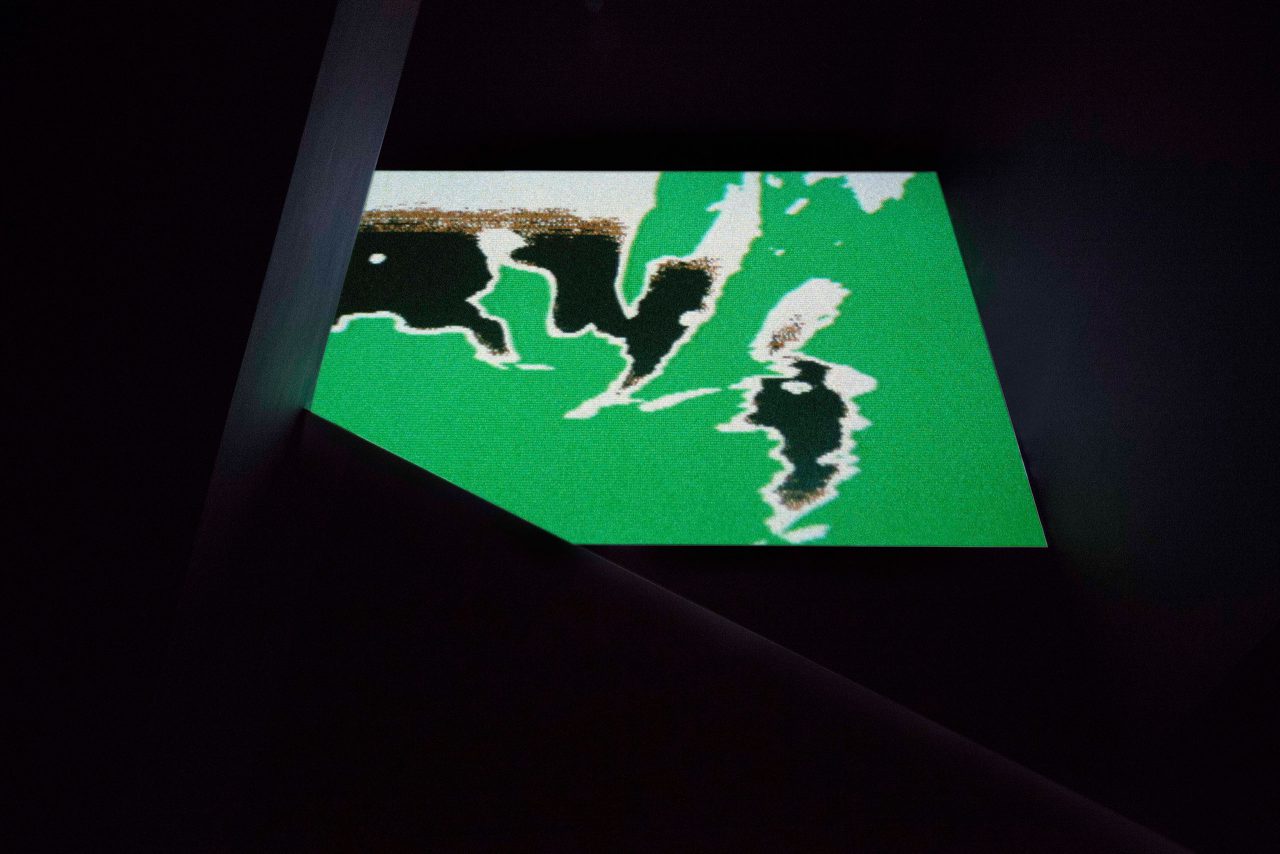
Expansion (エクスパンション), 1972
Image courtesy of the artist, Empty Gallery and PJMIA
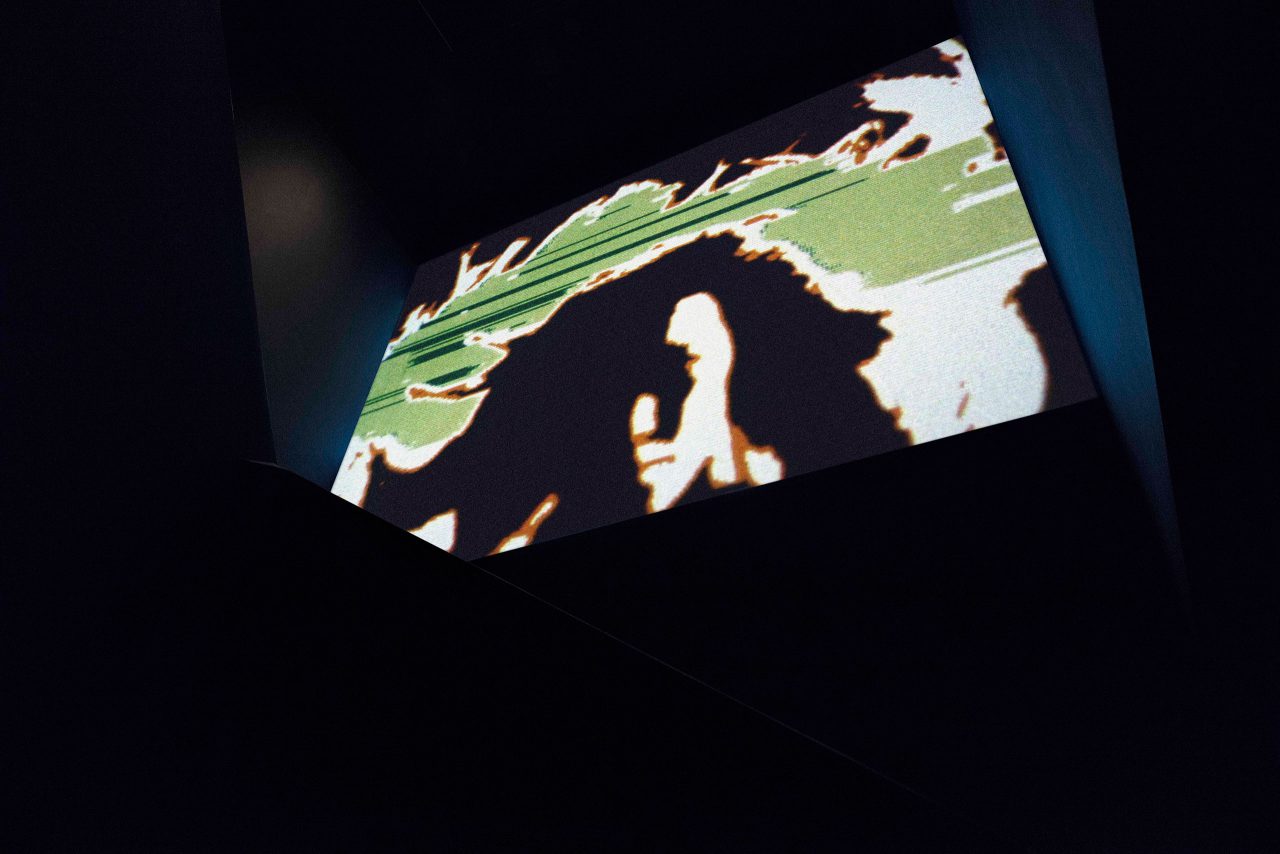
Expansion (エクスパンション), 1972
Image courtesy of the artist, Empty Gallery and PJMIA

The Weavers of Nishijin (西陣), 1961
Image courtesy of the artist, Empty Gallery and PJMIA
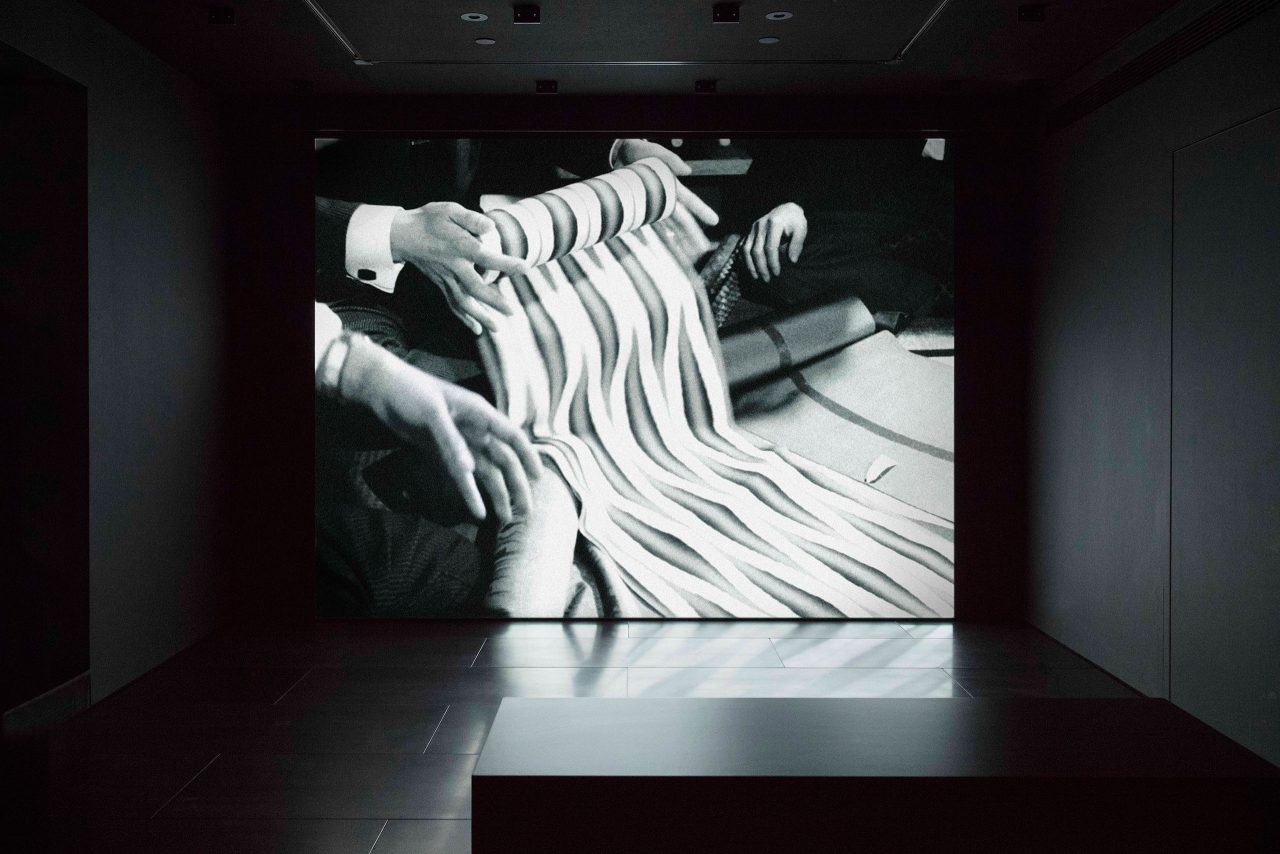
The Weavers of Nishijin (西陣), 1961
Image courtesy of the artist, Empty Gallery and PJMIA
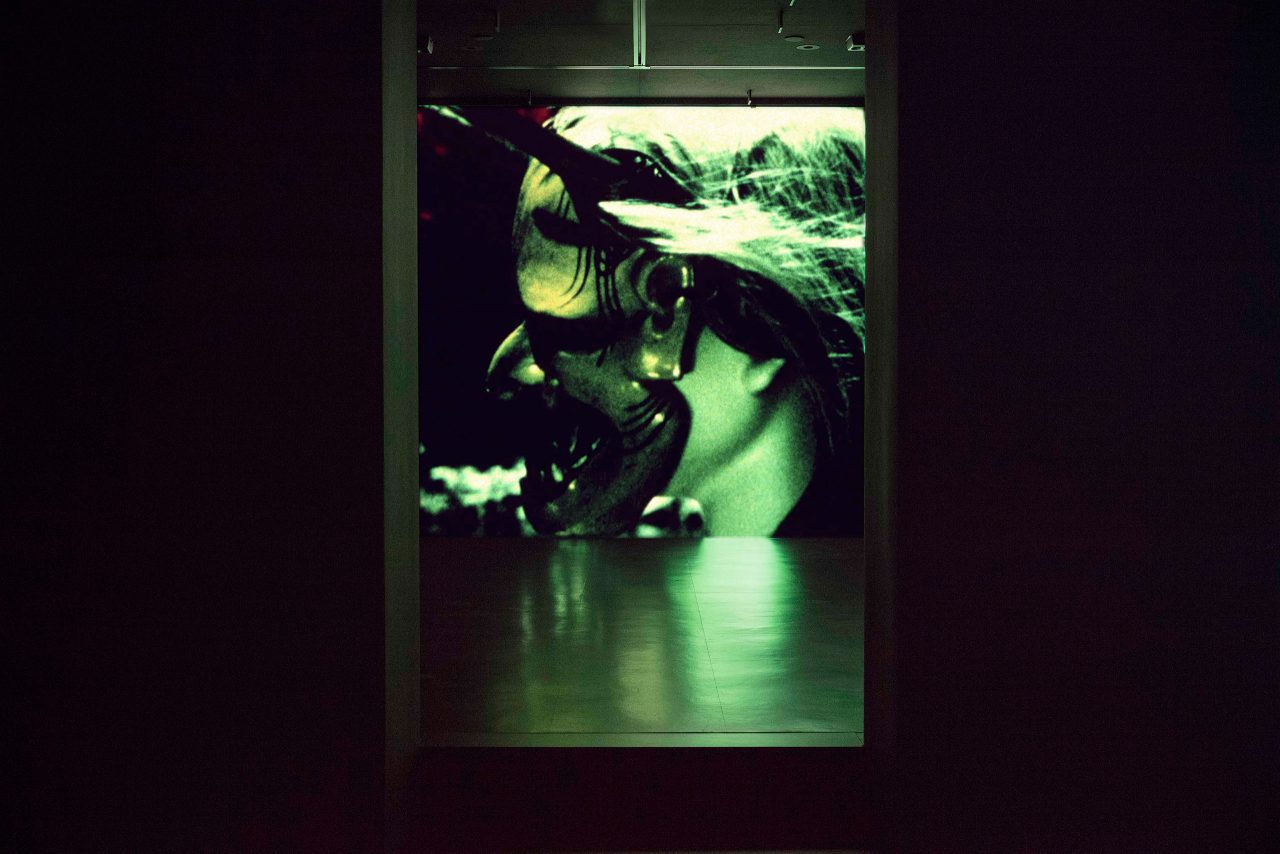
Atman (アートマン), 1975
Image courtesy of the artist, Empty Gallery and PJMIA
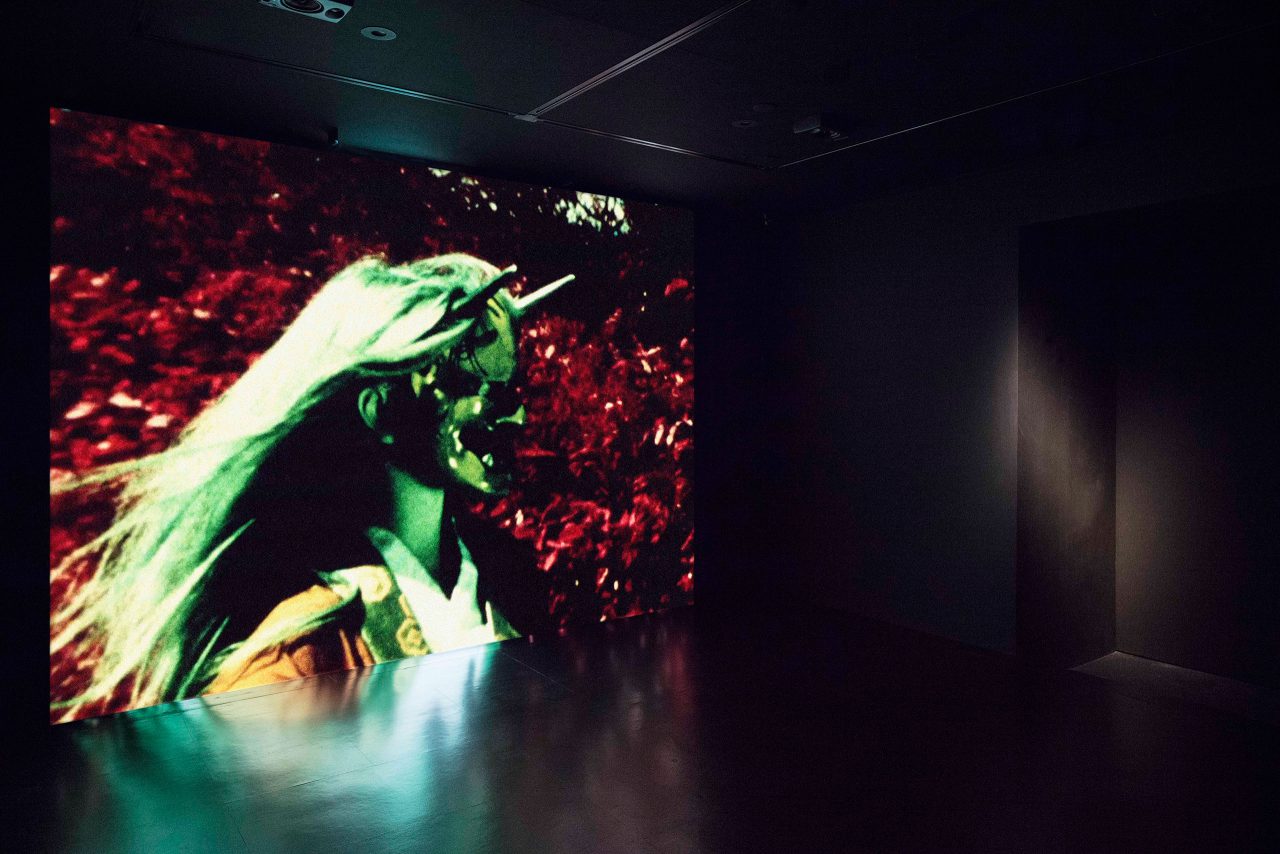
Atman (アートマン), 1975
Image courtesy of the artist, Empty Gallery and PJMIA
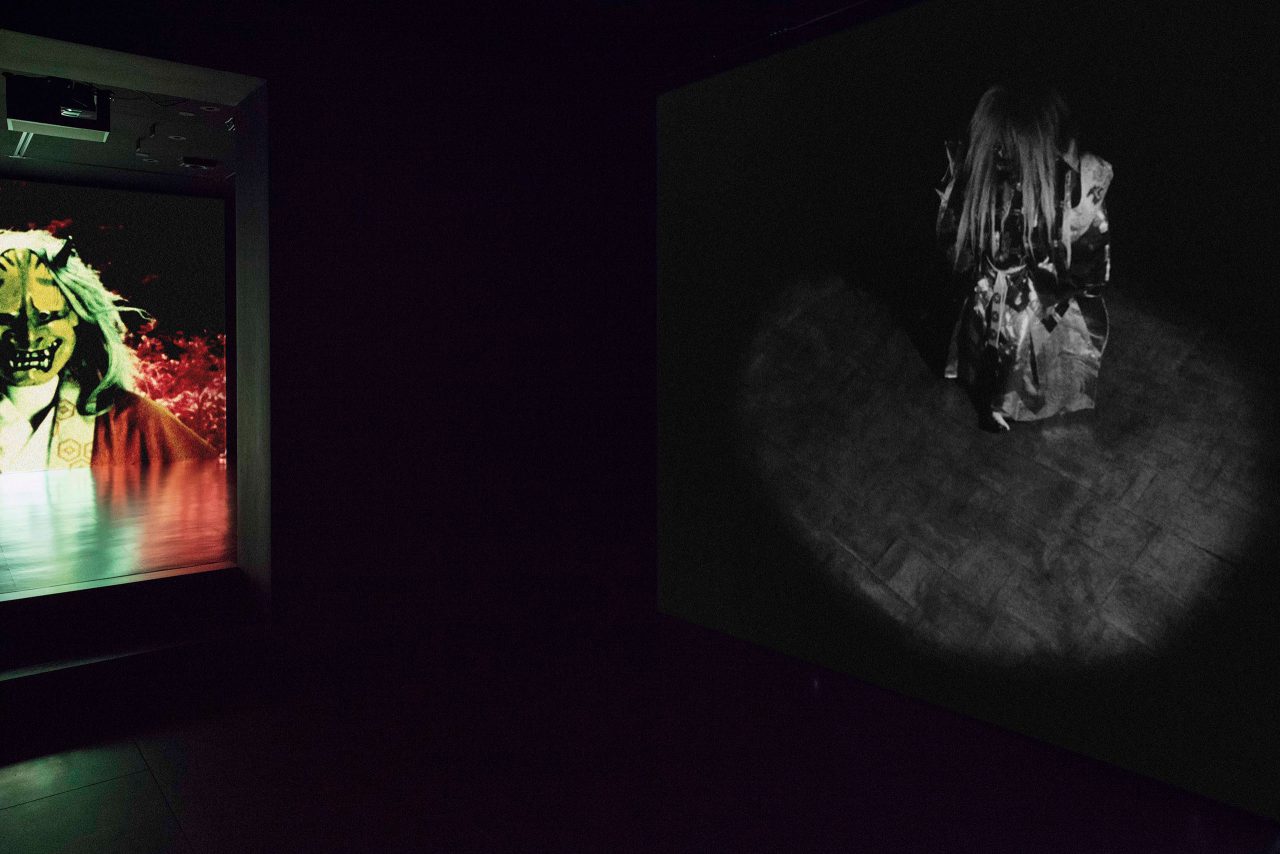
Installation view
Image courtesy of the artist, Empty Gallery and PJMIA
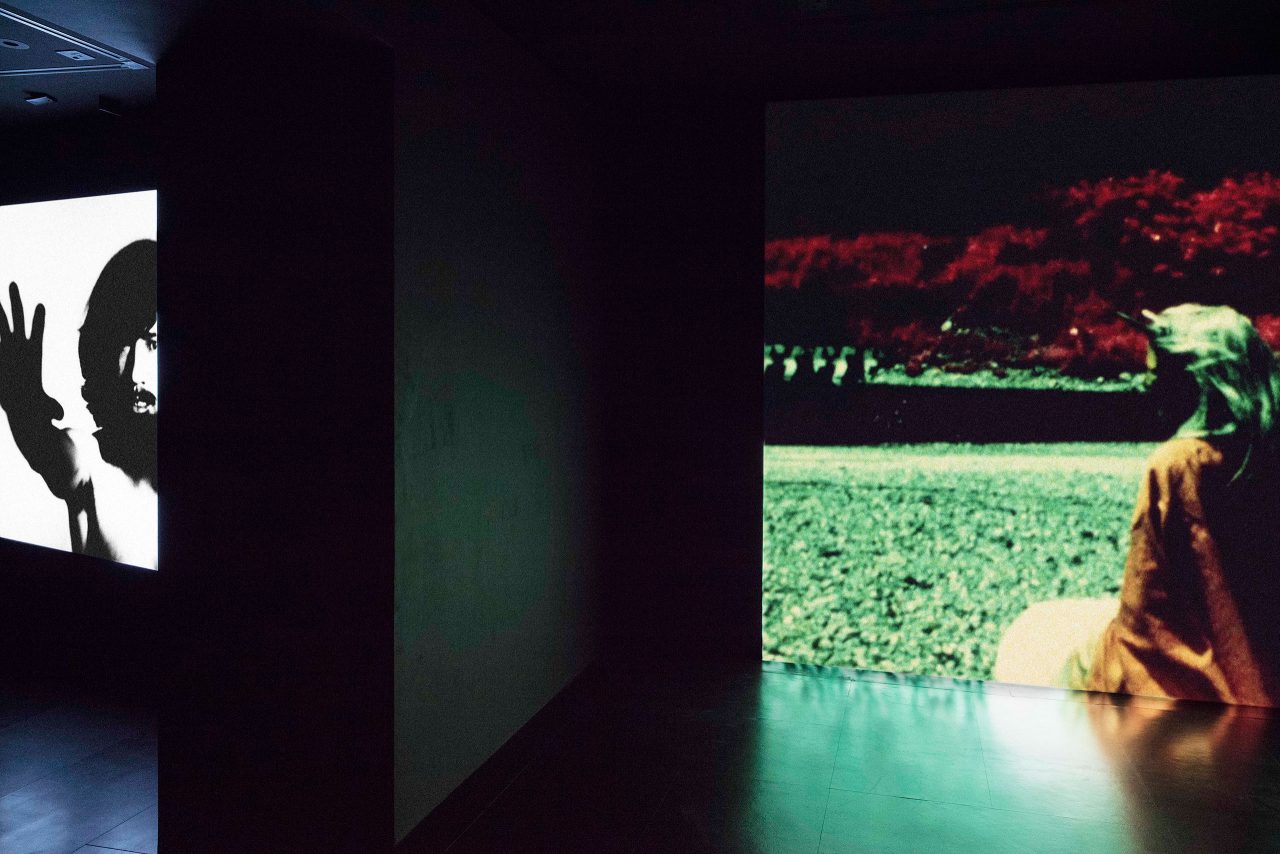
Installation view
Image courtesy of the artist, Empty Gallery and PJMIA
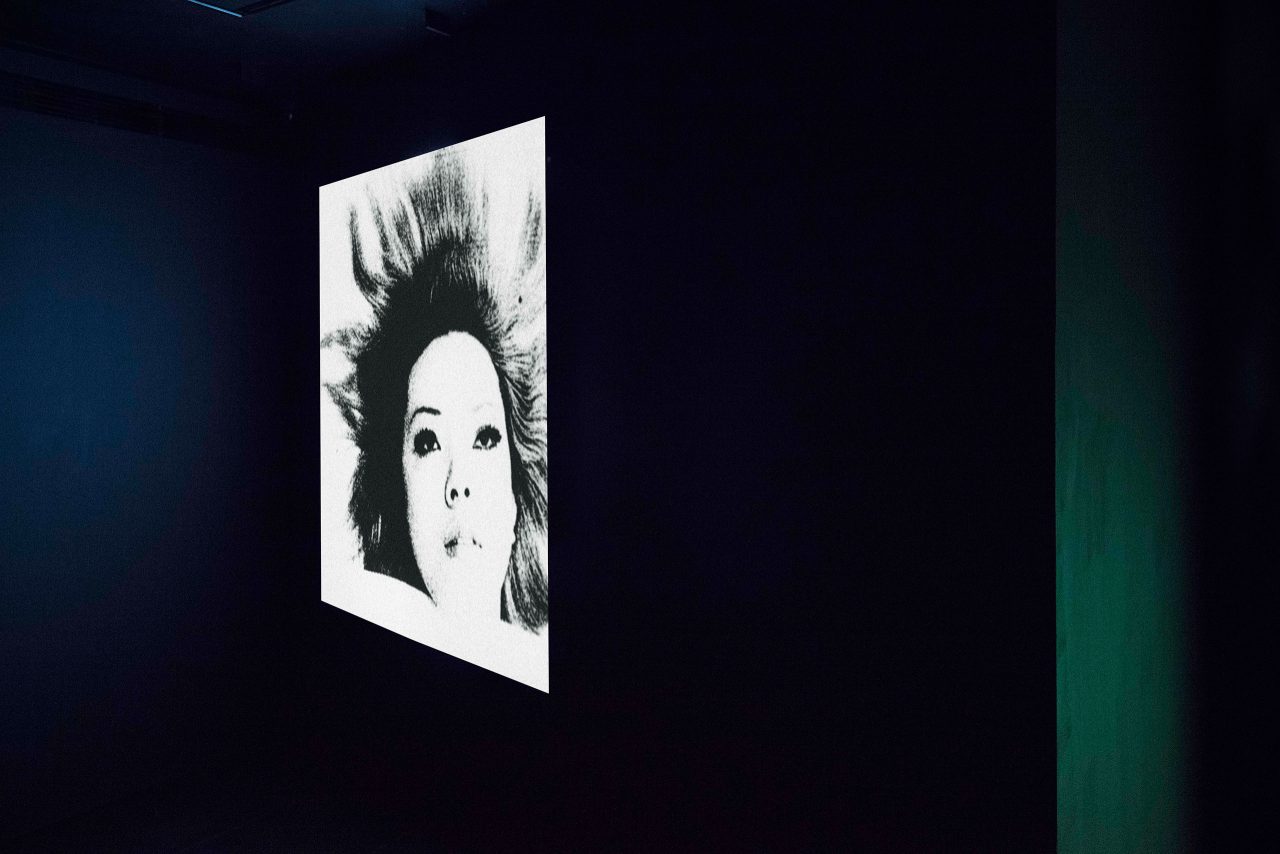
Ecstasis (エクスタシス), 1969
Image courtesy of the artist, Empty Gallery and PJMIA
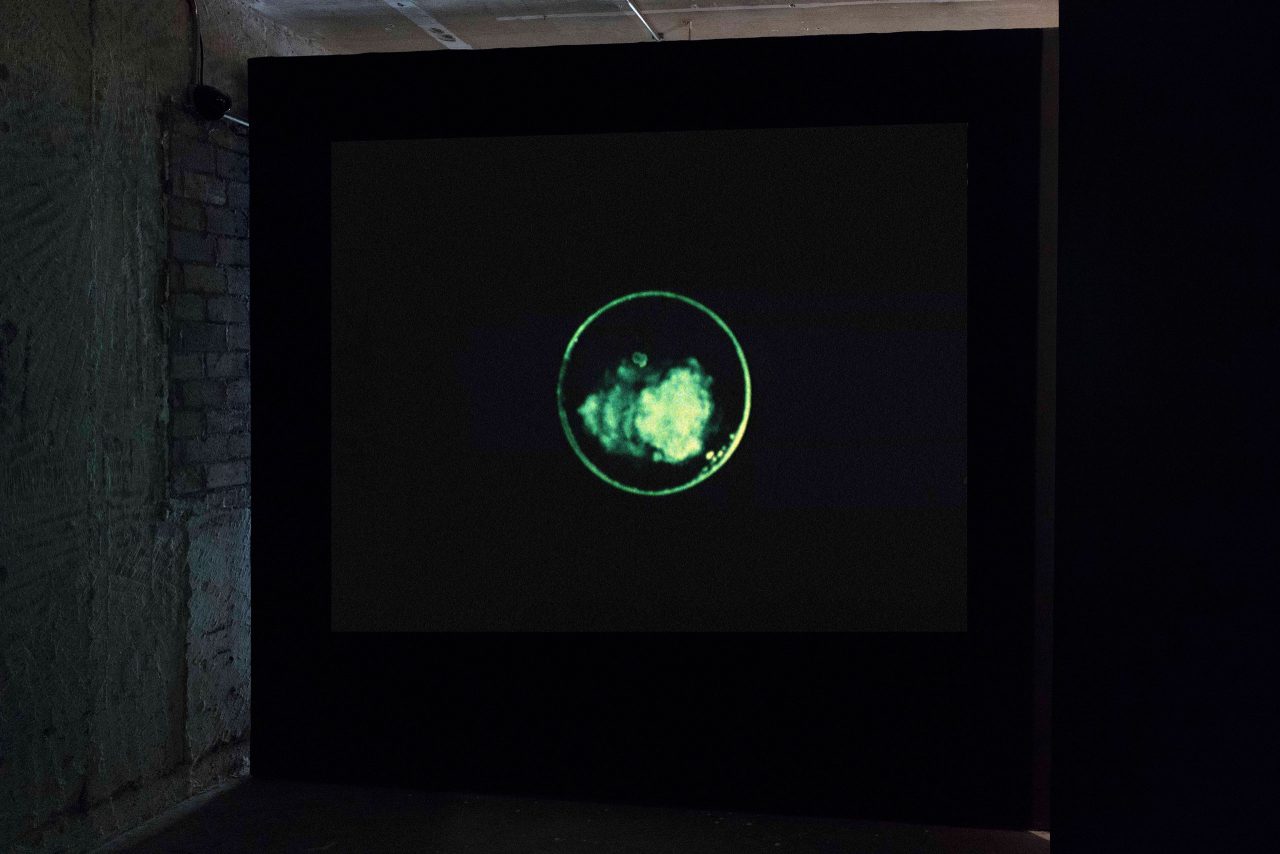
Black Hole (ブラックホール), 1977
Image courtesy of the artist, Empty Gallery and PJMIA
Empty Gallery is pleased to present Toshio Matsumoto: Everything Visible Is Empty, a retrospective exhibition of the late experimental filmmaker and visual theorist, examining arguably his most fertile creative period: the years 1960 to 1979. Emerging from the same post-war creative ferment as countercultural figures like playwright Shuji Terayama, pop artist Tadanori Yokoo, and novelist Yukio Mishima, Matsumoto’s work remains strikingly relevant today – both for its precocious formal experimentation and its commitment to a deeply personal vision of radical politics. Considered by no less an authority than new-wave director Nagisa Oshima as his only rival for aesthetic and ideological influence within Japan’s dynamic scene of post-war image makers, Toshio Matsumoto’s films and theoretical writings form an essential but often overlooked contribution to the global history of experimental film and video art which has only just begun to be re-evaluated in recent years.
For this exhibition, Empty Gallery has worked closely with the late artist’s archivist in order to present a selection of rarely screened works including Matsumoto’s landmark expanded cinema piece for three projectors, For The Damaged Right Eye, his early documentaries, and a selection of his influential abstract short films – all in newly restored versions. Everything Visible Is Empty seeks to embrace Matsumoto’s trenchant critique of “the visible” – the ideologically constructed gaze which conjures social reality – by forgoing a curatorial approach based on stylistic or chronological groupings and instead presenting a non-linear mosaic of works from different contexts and eras. Although these works cover a dauntingly large range of subjects and formal approaches, they are nevertheless connected through their shared inquiry into the social construction of history and the role of the perceiving subject within this construction.
Toshio Matsumoto (1932 – 2017) was a Japanese film director, video artist, and visual theorist who was widely considered a pivotal figure of Japan’s post-war artistic avant-garde. He first came to prominence through his collaboration with artist collective Jikken Kobo on the film Ginrin in 1955, initiating a career-long interest in experimental sound and electronic music which would be reflected in his output over the next few decades. He subsequently created an eclectic body of work comprising experimental documentaries, structuralist films, and early video art while continuing to be influential as a critic, theorist, and educator. Recent presentations of Matsumoto’s work have included “The World Goes Pop” at Tate Modern and “Tokyo 1955-1970: A New Avant-Garde” at MoMa, among others.